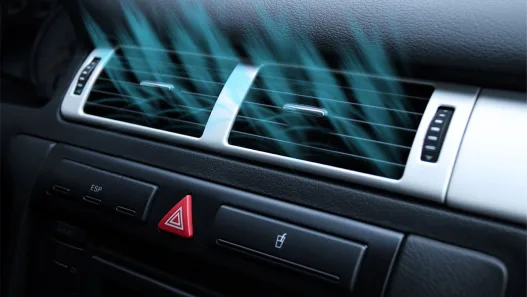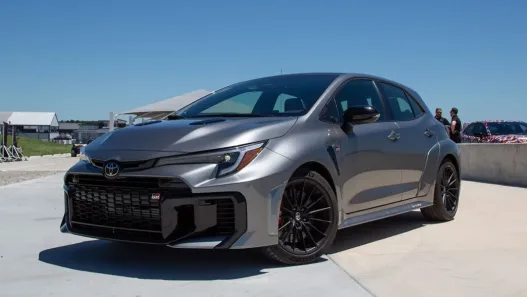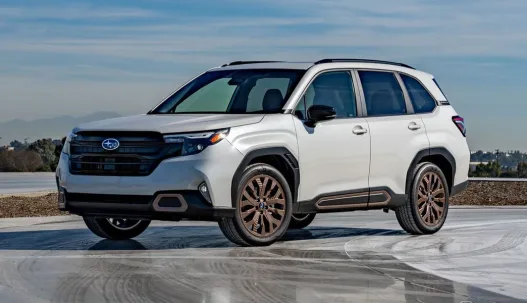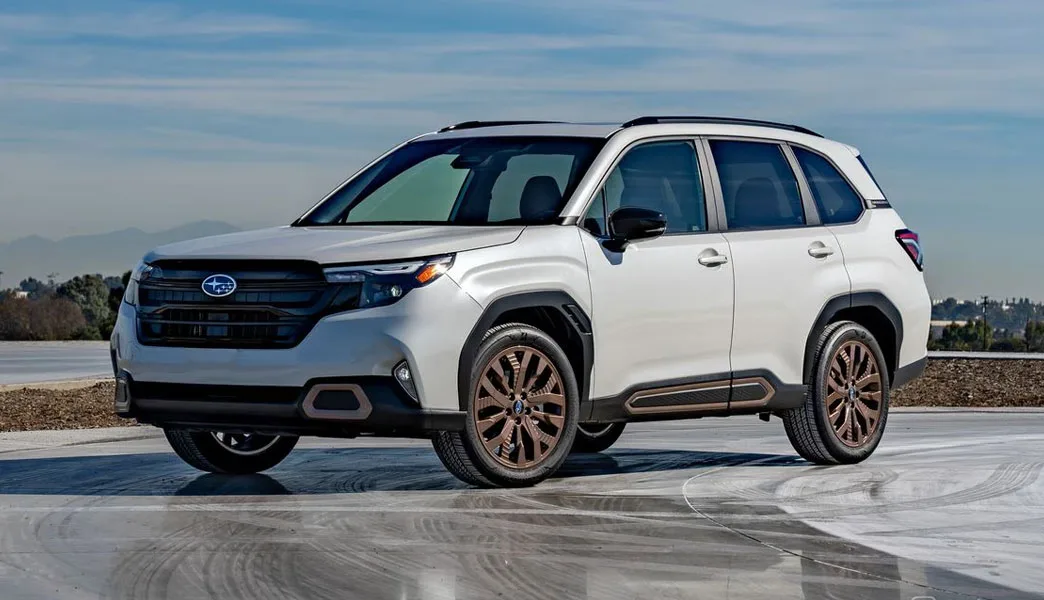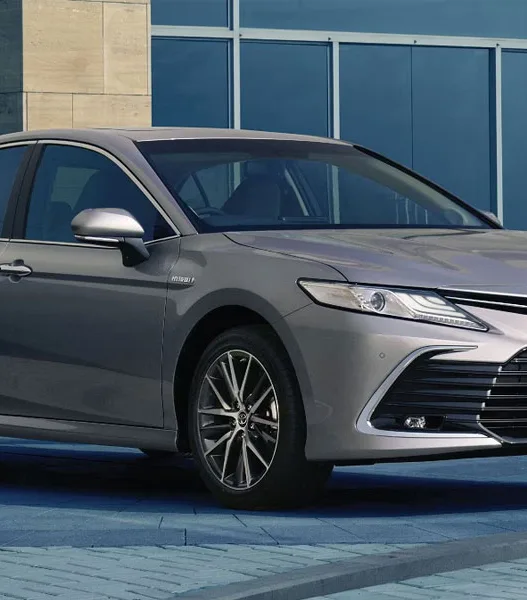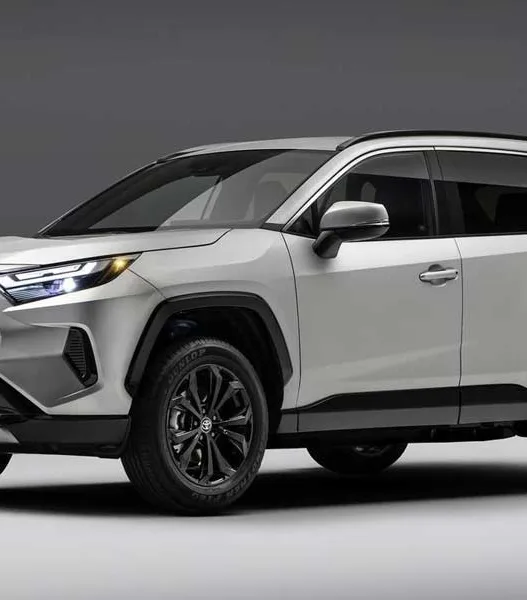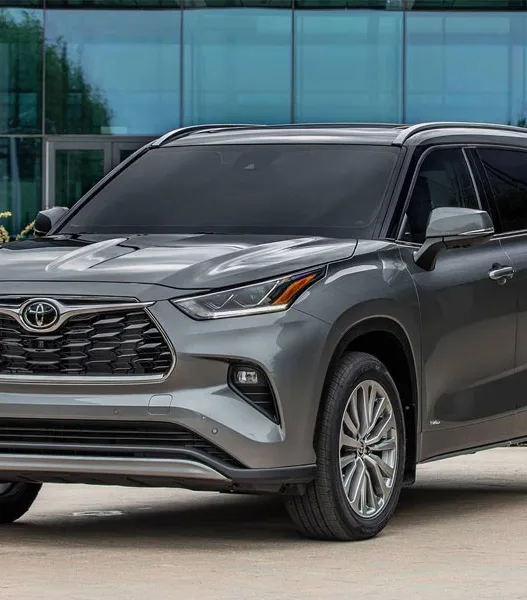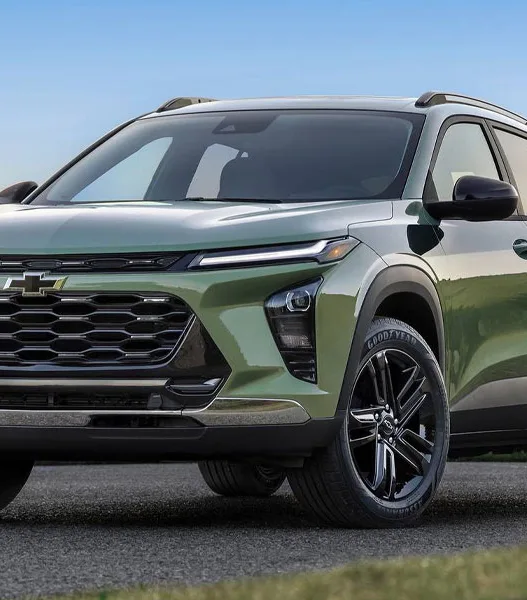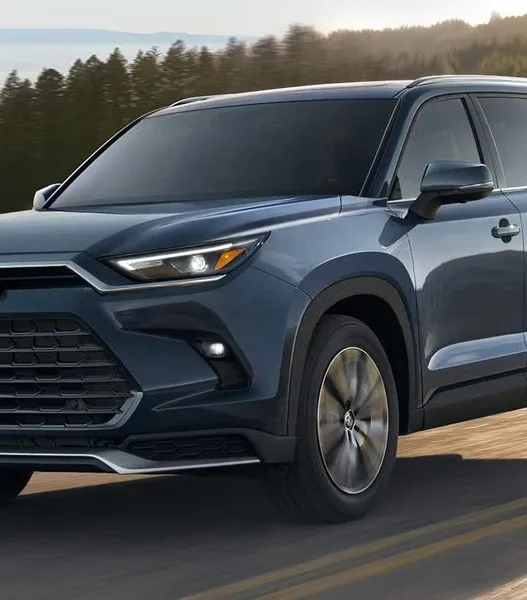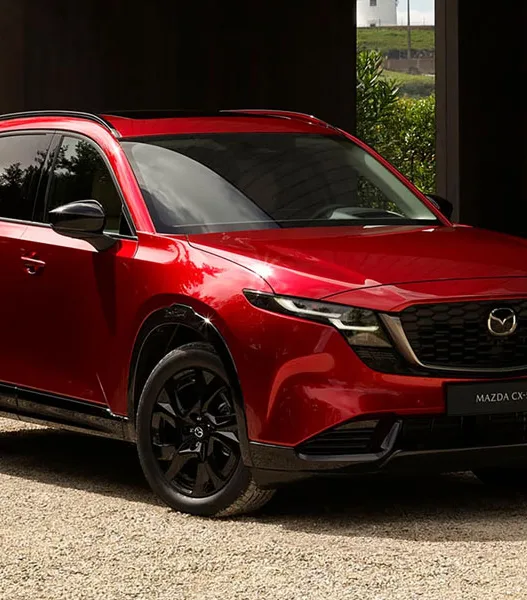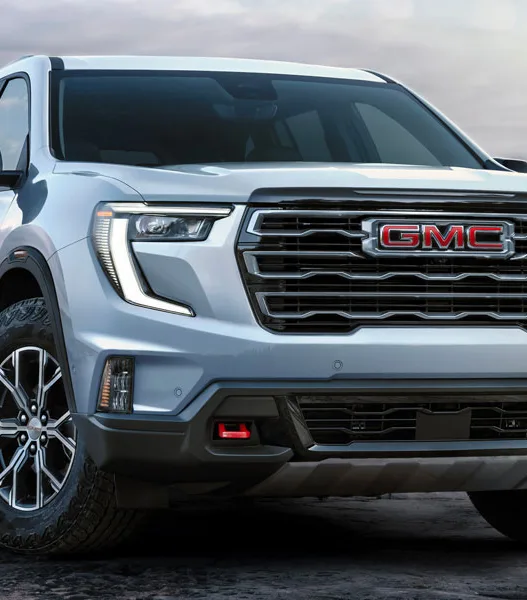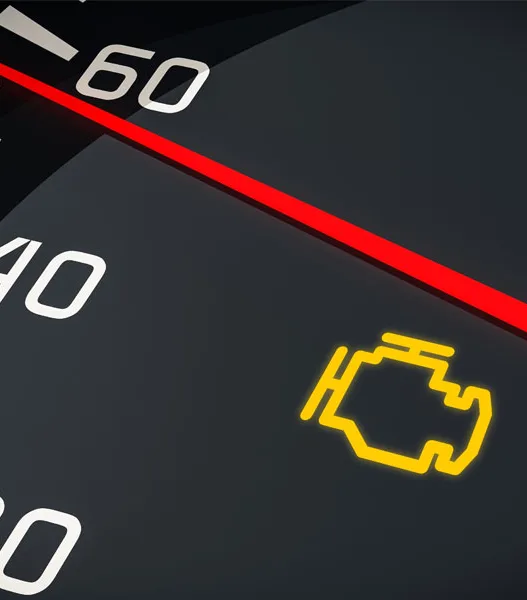The Subaru Forester is a name that has resonated with SUV enthusiasts for years. It got the right mix of rugged charm, practicality, and reliability, making it a popular choice for those seeking a vehicle that can handle both the demands of everyday life and the thrill of a weekend adventure.
But while the Forester has had many years of success, not every model year has lived up to its stellar reputation. Today, I’ll let you know the Subaru Forester years to avoid. I’ll also talk about the notorious issues that make these model years worthless with your money.
Subaru Forester Red Flags: The Worst Years You Should Avoid
Year 2019
- Windshield Cracking
- Battery Draining
- Driver Assistance Glitches
Year 2014
- Excessive Oil Consumption
- Transmission Trouble
- Glitchy Infotainment System
Year 2009
- Airbag Recalls
- Head Gasket Failure
- Excessive Oil Consumption
Year 2015
- Excessive Oil Consumption
- Shuddering or Jerking During Acceleration
- Airbag Sensor Malfunctioning
Year 2010
- Excessive Oil Consumption
- Head Gasket Failure
- Noisy Rear Suspension
- Air Conditioning Malfunctions
Year 1998-2001
- Head Gasket Failure
- Wheel Bearing Failure
- Suspension Problems
- Oil Leaks
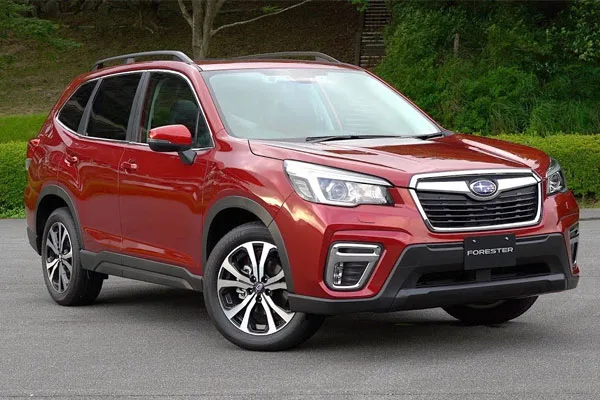
The 2019 Subaru Forester’s Troubled Tale of Glass, Power, and Trust
1. Windshield Cracking
The 2019 Subaru Forester has hundreds of complaints about windshield cracking with little or no impact. The reason behind this is the new thinner glass design. It was integrated to save some weight, but it didn’t sit well.
Some owners have experienced this issue several times, and replacing a windshield isn’t cheap. Therefore, this problem could be a big reason for avoiding this model year.
2. Battery Drain Issue
Another big issue many owners faced in this model year is battery drain. It mainly occurs when the battery loses its charge, even when the vehicle is not in use. However, this problem is preventable.
You can prevent the battery from draining by developing good habits, such as checking that all lights are turned off after exiting the vehicle, keeping the battery terminals clean to prevent loss of connectivity, and regularly testing the battery to ensure the charging system is functioning properly.
But if this problem persists, there is no better option than replacing the battery, and it is not going to be cheap at all.
3. Driver Assistance Glitches
Many owners have also complained about glitches with driver assistance systems, like malfunctions and software problems that can lead to accidents.
One common glitch is with adaptive cruise control, where the system might brake later than expected or when it is not necessary, causing potential safety issues for the driver. Another issue is with lane-keeping assist, where the system might not keep the car in its lane.
If you’re looking for a long trip with your family, the 2019 Subaru Forester will not be the safest option.
2019 Model Specifications
| Engine Type | 2.5-liter Flat 4 cylinder |
| Base Engine Type | Gas |
| Valves | 16 |
| Horsepower | 182 hp at 5,800 rpm |
| Torque | 176 lb-ft at 4,400 rpm |
| Transmission | Continuously variable-speed automatic |
| Drivetrain Options | All wheel drive |
| Fuel Tank Capacity | 16.6 gal |
| Mileage | 26-33 miles per gallon |
| Seating Capacity | 5 passengers |
| Cargo Capacity | 33.0 cubic feet |
| Front Legroom | 43.3 inches |
| Rear Legroom | 39.4 inches |
| Safety Features |
|
| Infotainment and Connectivity |
|
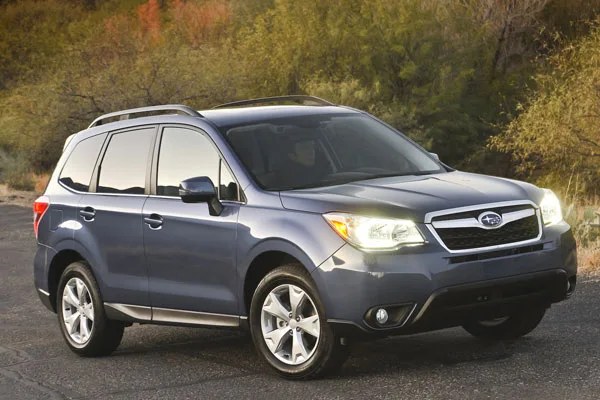
Engine Consumption, Transmission Woes, and Airbag Failures: A Closer Look at the 2015 Subaru Forester’s Reliability Concerns
1. Excessive Oil Consumption
The 2015 Subaru Forester, while praised for its all-wheel-drive capability and practicality, has faced several engine-related complaints over the years.
One of the most common complaints, especially with the 2.5L flat-four engine, is unusually excessive oil consumption. Owners reported adding oil between regular changes, sometimes as often as every 1,000 miles. Subaru acknowledged this issue and sometimes addressed it through warranty repairs, including replacing piston rings or even short blocks.
Some owners have reported engine stalling at idle or during low-speed driving. This could happen due to several reasons, such as faulty sensors (like the mass airflow sensor or camshaft position sensor) or issues within the engine management software.
2. Shuddering or Jerking During Acceleration
While the continuously variable-speed automatic transmission in the 2015 Subaru Forester was intended to improve fuel efficiency and deliver smoother acceleration, many owners have reported persistent transmission-related issues that have affected the vehicle’s reliability and driving experience.
Among the most common problems are shuddering or jerking during acceleration, especially when moving from a stop, as well as hesitation or delays when shifting into gear. Some drivers also noted high-pitched whining noises emanating from the transmission, which often occurred during acceleration.
In more severe cases, the CVT experienced premature failure, requiring costly repairs or full replacement well before reaching 100,000 miles.
3. Airbag Sensor Malfunctioning
The 2015 Subaru Forester has also faced recurring issues with airbag sensor malfunction, particularly involving the Occupant Detection System (ODS) in the front passenger seat. Many owners have reported that the “Passenger Airbag OFF” indicator stays illuminated even when the seat is occupied, suggesting the airbag may not deploy in the event of a crash.
This problem is often traced back to a faulty seat sensor mat embedded in the cushion, which can wear out or fail over time due to regular use, moisture, or electrical faults like loose connectors.
In some cases, warning lights also appear on the dashboard, and diagnostic scans reveal airbag-related error codes. The malfunction poses a serious safety risk, as it may prevent the airbag from deploying when needed.
While Subaru released technical service bulletins addressing the issue, no widespread recall has been issued, leading some owners to pay for repairs themselves.
2015 Model Specifications
| Engine Type | 2.5-liter Flat 4 cylinder |
| Base Engine Type | Gas |
| Valves | 16 |
| Horsepower | 170 hp at 5,800 rpm |
| Torque | 174 lb-ft at 4,100 rpm |
| Transmission | Continuously variable-speed automatic |
| Drivetrain Options | All wheel drive |
| Fuel Tank Capacity | 15.9 gal |
| Mileage | 24-32 miles per gallon |
| Seating Capacity | 5 passengers |
| Cargo Capacity | 31.5 cubic feet |
| Front Legroom | 43.0 inches |
| Rear Legroom | 38.0 inches |
| Safety Features |
|
| Infotainment and Connectivity |
|
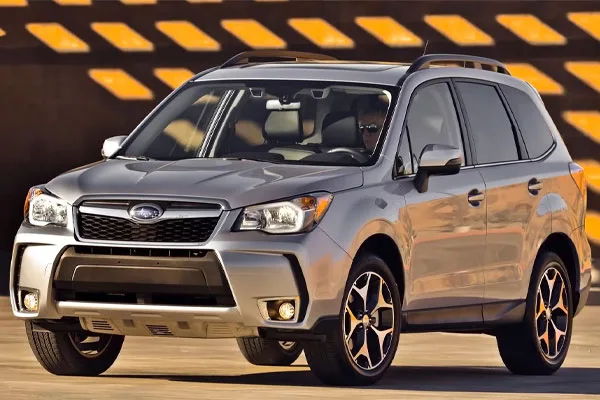
The 2014 Subaru Forester That Left Owners Burning Oil and Patience
2014 is widely considered the worst model year of the Subaru Forester for several reasons:
1. Excessive Oil Consumption
Many owners have reported engines burning through oil at an abnormal rate, as much as a quart every 1000 miles or less. If you’re unaware of low oil levels, this could even lead to engine damage.
The main reason behind this problem is that low-tension piston rings failed to properly seal the combustion chamber, allowing oil to seep into the cylinders and burn off. The engine design itself had characteristics that made it more prone to this issue.
2. Transmission Trouble
The 2014 Subaru Forester is equipped with a continuously variable transmission that has frustrated many owners. One of the most common complaints is hesitation and jerking during acceleration.
Many owners have reported that the Forester may feel sluggish when trying to accelerate. This hesitation can be unsafe in certain situations. Some owners have also noticed a grinding noise coming from the transmission.
These noises may be a sign of internal wear or stress within the CVT system. Additionally, there have been reports of shuddering or vibration while driving at steady speeds. This can feel like driving over rough pavement, even when the road is smooth.
3. Glitchy Infotainment System
One of the most common complaints among 2014 Subaru Forester owners revolves around its infotainment system, which has earned a reputation for being frustratingly unreliable. While the Forester scored well in areas like safety, visibility, and ride comfort, its tech interface was a definite weak spot.
The infotainment system in this model often suffers from laggy performance. Simple actions like changing a radio station or pairing a phone via Bluetooth could result in noticeable delays or, at times, total unresponsiveness. Owners frequently report that the screen freezes or restarts randomly, especially when using navigation or streaming audio from a smartphone.
2014 Model Specifications
| Engine Type | 2.5-liter Flat 4 cylinder |
| Base Engine Type | Gas |
| Valves | 16 |
| Horsepower | 170 hp at 5,800 rpm |
| Torque | 174 lb-ft at 4,100 rpm |
| Transmission | Continuously variable-speed automatic |
| Drivetrain Options | All wheel drive |
| Fuel Tank Capacity | 15.9 gal |
| Mileage | 24-32 miles per gallon |
| Seating Capacity | 5 passengers |
| Cargo Capacity | 31.5 cubic feet |
| Front Legroom | 43.0 inches |
| Rear Legroom | 41.7 inches |
| Safety Features |
|
| Infotainment and Connectivity |
|
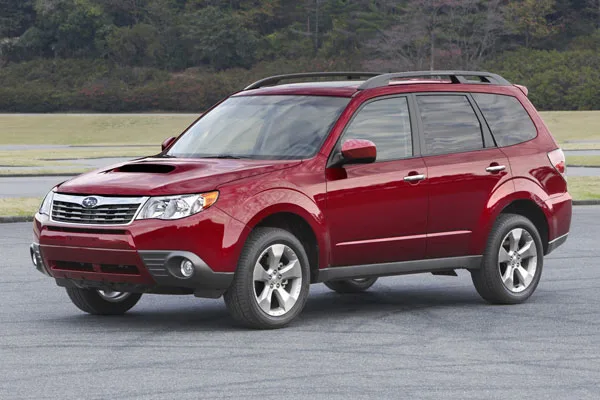
When the Adventure Turned Sour: The Hidden Gremlins of the 2010 Subaru Forester
1. Excessive Oil Consumption
A major complaint among 2010 Subaru Forester owners is excessive oil consumption, particularly in models with the 2.5L flat-four engine. Drivers often found themselves needing to top up oil frequently between regular service intervals.
If you left the oil levels unchecked, it could lead to serious engine damage. Many owners expressed frustration over the lack of warning indicators before significant oil loss occurred.
2. Head Gasket Failure
The 2.5L engine in the 2010 Forester is known for premature head gasket failure. Around 80,000 to 100,000 miles, drivers began noticing symptoms like coolant leaks, oil seepage, or overheating.
This issue stems from poor gasket design and has been a persistent problem across several Subaru models. Repairing a head gasket is labor-intensive and expensive, often costing over $1,500.
3. Noisy Rear Suspension
Many owners reported persistent clunking or knocking sounds coming from the rear suspension, especially when driving over bumps or rough roads. This noise typically resulted from worn-out rear control arm bushings or sway bar links.
While the issue doesn’t usually pose a major safety risk, it impacts driving comfort and creates an impression of poor build quality. Replacing the affected components generally solves the problem, but frequent occurrences have led to frustration among long-term Forester owners seeking a peaceful ride.
4. Air Conditioning Malfunctions
The air conditioning system in the 2010 Forester is also prone to issues, including failure to cool properly or inconsistent airflow. Many drivers traced the problem to faulty compressors, low refrigerant levels, or defective blend door actuators.
During hot weather, a malfunctioning AC system significantly affected cabin comfort. Some owners also complained of strange smells or noises when using the AC.
2010 Model Specifications
| Engine Type | 2.5-liter Flat 4 cylinder |
| Base Engine Type | Gas |
| Valves | 16 |
| Horsepower | 170 hp at 6,000 rpm |
| Torque | 170 lb-ft at 4,400 rpm |
| Transmission | 4-speed shiftable automatic |
| Drivetrain Options | All wheel drive |
| Fuel Tank Capacity | 16.9 gal |
| Mileage | 20-26 miles per gallon |
| Seating Capacity | 5 passengers |
| Cargo Capacity | 30.8 cubic feet |
| Front Legroom | 43.1 inches |
| Rear Legroom | 38.0 inches |
| Safety Features |
|
| Infotainment and Connectivity |
|
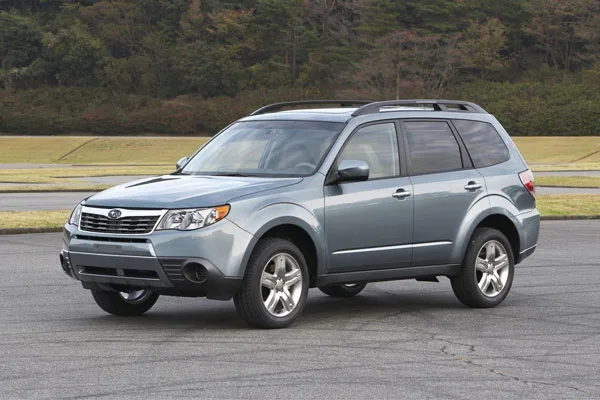
When the Road Gets Rough for the 2009 Subaru Forester with Popping Airbags and Oil-Guzzling Woes
1. Airbag Recalls (Takata)
The 2009 Forester was affected by the widespread Takata airbag recall, involving defective inflators that could explode upon deployment. These faulty inflators posed a serious risk of injury or death due to metal shrapnel being projected into the cabin.
Subaru issued multiple recalls to address this, but the issue caused major concern among owners. Many vehicles remained unrepaired for extended periods due to parts shortages, leaving drivers anxious about their safety until service was completed.
2. Head Gasket Failure
One of the most frequent and costly issues in the 2009 Subaru Forester is head gasket failure. This problem typically surfaces around the 100,000-mile mark and can lead to coolant leaks, engine overheating, and eventual engine damage.
Oil and coolant mixing due to a failed gasket compromises performance and reliability. Repair costs can be substantial, often exceeding $2,000.
3. Excessive Oil Consumption
Excessive oil consumption is another major complaint among 2009 Forester owners. Some drivers report needing to add a quart of oil every 1,000 miles or even more frequently. This issue is often linked to faulty piston rings or general engine wear.
Not only is it inconvenient and expensive to maintain oil levels, but it also increases the risk of running the engine low on oil, leading to more severe engine damage if not closely monitored.
2009 Model Specifications
| Engine Type | 2.5-liter Flat 4 cylinder |
| Base Engine Type | Gas |
| Valves | 16 |
| Horsepower | 170 hp at 6,000 rpm |
| Torque | 170 lb-ft at 4,400 rpm |
| Transmission | 4-speed shiftable automatic |
| Drivetrain Options | All wheel drive |
| Fuel Tank Capacity | 16.9 gal |
| Mileage | 20-26 miles per gallon |
| Seating Capacity | 5 passengers |
| Cargo Capacity | 30.8 cubic feet |
| Front Legroom | 43.1 inches |
| Rear Legroom | 38.0 inches |
| Safety Features |
|
| Infotainment and Connectivity |
|
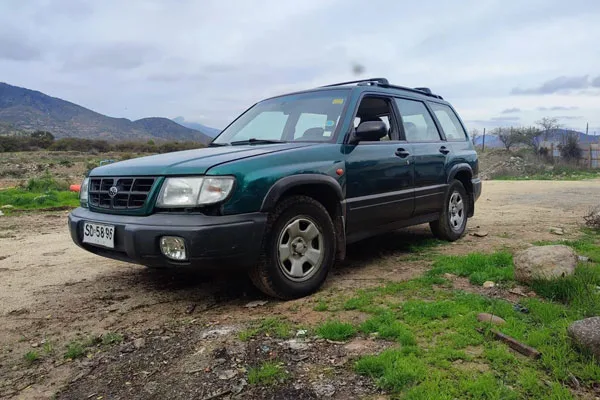
Common Troubles That Haunt the 1998–2001 Subaru Forester
1. Head Gasket Failure
One of the most serious issues with the 1998–2001 Subaru Forester is head gasket failure. These gaskets often fail prematurely due to a design flaw, causing oil and coolant to leak externally or internally. Drivers may notice white smoke from the exhaust, overheating, or fluid puddles under the car.
If left unaddressed, this problem can escalate to severe engine damage, making it both inconvenient and expensive to repair. Subaru later updated the gasket design, but many early models still require replacement or preventative maintenance to avoid costly repairs.
2. Wheel Bearing Failure
Another recurring issue in this generation Forester is wheel bearing failure, most commonly in the rear wheels. This problem typically manifests as a humming, grinding, or whining noise that increases with speed.
The original wheel bearings used by Subaru had poor sealing, allowing moisture and road debris to infiltrate and accelerate wear. If ignored, a failing bearing can lead to unsafe driving conditions or further damage to suspension components. Replacing the worn-out bearings with improved aftermarket versions tends to offer better longevity. Regular inspection and early replacement are key to preventing this from becoming a bigger issue.
3. Suspension Problems
Suspension components in the 1998–2001 Subaru Forester tend to wear out faster than expected, especially in vehicles subjected to rough roads or heavy loads. Owners frequently report clunking noises when going over bumps, excessive body roll, or uneven tire wear. The major reasons behind this are worn struts, bushings, and sway bar links, which degrade over time and reduce ride comfort and handling stability.
While not dangerous in the short term, neglected suspension problems can affect tire lifespan and overall vehicle control. Upgrading to high-quality suspension parts during repairs can not only restore ride quality but also provide a noticeable handling improvement.
4. Oil Leaks
Apart from head gasket problems, these Foresters are known for developing oil leaks from areas like the valve cover gaskets, camshaft seals, and oil pump. Owners may notice a burning oil smell, low oil levels between oil changes, or dark spots under the car after parking.
Although small leaks might seem harmless, over time, they can affect engine performance and potentially lead to more significant mechanical issues. Addressing oil leaks promptly can prevent damage to other components, such as spark plugs or the timing belt.
1998-2001 Model Specifications
| Engine Type | 2.5-liter Flat 4 cylinder |
| Base Engine Type | Gas |
| Valves | 16 |
| Horsepower | 165 hp at 5,600 rpm |
| Torque | 162 lb-ft at 4,000 rpm |
| Transmission | 5-speed manual |
| Drivetrain Options | All wheel drive |
| Fuel Tank Capacity | 15.9 gal |
| Mileage | 19-25 miles per gallon |
| Seating Capacity | 5 passengers |
| Cargo Capacity | 33.2 cubic feet |
| Front Legroom | 43.0 inches |
| Rear Legroom | 33.4 inches |
| Safety Features |
|
| Infotainment and Connectivity |
|
From 1998 to 2019: Subaru Forester Generations Compared
| Specification | 1998–2001 | 2009 | 2010 | 2014 | 2015 | 2019 |
|---|---|---|---|---|---|---|
| Engine Type | 2.5-liter Flat 4-cylinder | 2.5-liter Flat 4-cylinder | 2.5-liter Flat 4-cylinder | 2.5-liter Flat 4-cylinder | 2.5-liter Flat 4-cylinder | 2.5-liter Flat 4-cylinder |
| Base Engine Type | Gas | Gas | Gas | Gas | Gas | Gas |
| Valves | 16 | 16 | 16 | 16 | 16 | 16 |
| Horsepower | 165 hp at 5,600 rpm | 170 hp at 6,000 rpm | 170 hp at 6,000 rpm | 170 hp at 5,800 rpm | 170 hp at 5,800 rpm | 182 hp at 5,800 rpm |
| Torque | 162 lb-ft at 4,000 rpm | 170 lb-ft at 4,400 rpm | 170 lb-ft at 4,400 rpm | 174 lb-ft at 4,100 rpm | 174 lb-ft at 4,100 rpm | 176 lb-ft at 4,400 rpm |
| Transmission | 5-speed manual | 4-speed shiftable automatic | 4-speed shiftable automatic | Continuously variable-speed automatic | Continuously variable-speed automatic | Continuously variable-speed automatic |
| Drivetrain Options | All wheel drive | All wheel drive | All wheel drive | All wheel drive | All wheel drive | All wheel drive |
| Fuel Tank Capacity | 15.9 gal | 16.9 gal | 16.9 gal | 15.9 gal | 15.9 gal | 16.6 gal |
| Mileage (MPG) | 19 city / 25 highway | 20 city / 26 highway | 20 city / 26 highway | 24 city / 32 highway | 24 city / 32 highway | 26 city / 33 highway |
What are the Best Subaru Forester Model Years?
The Subaru Forester has built a reputation for reliability, practicality, and all-weather capability. Among its many model years, several stand out as top choices based on overall performance, owner satisfaction, and fewer reported issues.
- 2020-2025
- 2018
- 2013
- 2012
- 2011
- 2007
- 2005
- 2004
The 2020–2022 Subaru Forester models are widely regarded as some of the best model years. These models feature Subaru’s updated EyeSight safety suite as standard across all trims, providing excellent driver assistance features like adaptive cruise control and lane-keeping assist.
The cabin offers more refinement compared to earlier generations, with improved sound insulation, quality materials, and ample passenger space. Additionally, these years benefit from strong crash-test ratings, solid fuel economy for the segment, and a comfortable ride. The 2022 model also introduced minor refinements in suspension and infotainment responsiveness, making it slightly more polished than its immediate predecessors.
The 2023 and 2024 Forester models maintained the strengths of earlier versions, though they didn’t bring major changes. Subaru kept the design consistent with the fifth generation, focusing instead on minor tech updates and feature tweaks. These models are still recommended due to their continued reliability, competent AWD system, and balanced ride quality.
While the 2025 model year is still relatively new, early impressions suggest it carries forward the same formula, making it a solid but not revolutionary choice in the lineup.
The 2018 Subaru Forester, which was the final model year of the fourth generation, stands out as a well-rounded option. It had matured over its generation cycle with solid build quality, minimal mechanical issues, and a well-proven powertrain.
Many owners favor this year due to its available turbocharged XT trim, which offered significantly better performance than the standard engine. It’s also praised for its excellent visibility and generous cargo space.
Looking back further, the 2011–2013 Forester models represent some of the more dependable and budget-friendly options on the used market. By this time, Subaru had addressed many of the head gasket and oil consumption issues seen in earlier generations.
These models feature a practical design, straightforward controls, and Subaru’s reliable AWD system. While not as refined or tech-packed as newer versions, they remain excellent choices for those seeking a durable and capable compact SUV.
Among the older models, the 2004, 2005, and 2007 Subaru Forester years have developed a cult following for their durability and simplicity. The 2004 and 2005 models in particular benefited from Subaru’s refinement of its 2.5L engines, and were considered reliable if well-maintained, though they may still be susceptible to head gasket issues over time.
The 2007 model marked the final year of the second generation, and it’s appreciated for its ruggedness, mechanical simplicity, and strong value proposition on the used market.
Wrapping Up
Subaru Forester is a great SUV, but like any car, some years are just better than others. If you’re looking to buy a used or new Forester, knowing which years to avoid can save you thousands of dollars.
Moreover, it will narrow down your search, whether you’re hunting for a reliable daily driving car or an adventure vehicle. Choosing the right model year ensures it fits your needs, lifestyle, and budget while offering optimal performance, safety, and long-term value.
Frequently Asked Questions
1. What Subaru Forester Years Should I Avoid?
The most commonly flagged years to avoid are 2019, 2015, 2014, 2010, 2009, and 1998-2001. These models had recurring issues with engine reliability, high oil consumption, and CVT transmission problems.
2. What is the Issue with the 2014 Subaru Forester?
The 2014 model is known for excessive oil consumption, faulty CVT behavior, and engine stalling, especially in vehicles with higher mileage.
3. Were There Problems with the 2011 Forester?
No, there are no major problems drivers faced in the 2011 Subaru Forester.
4. Are Older Subaru Foresters From the Early 2000s Reliable?
Some early models, like the 2000 and 2001, had head gasket failures and rust issues. While not all are problematic, buyers should be cautious with high-mileage examples from these years.
5. Is it Safe to Buy a Used Subaru Forester?
Yes, as long as you avoid the problematic years and verify maintenance history.




